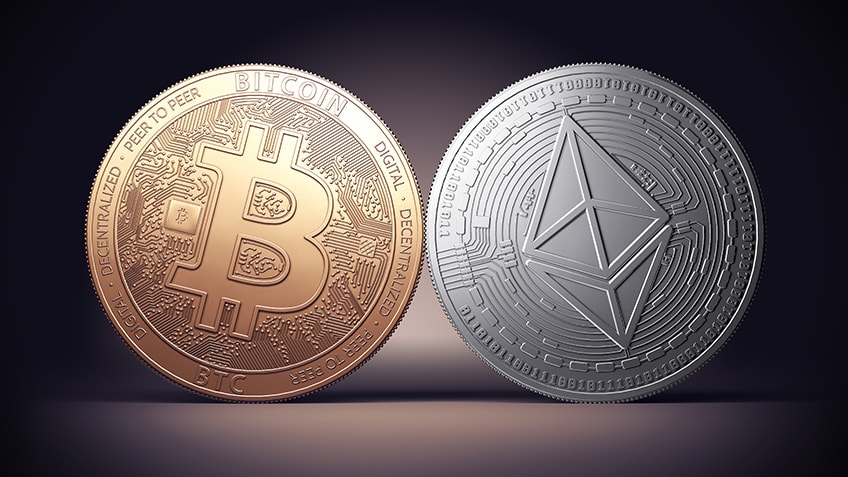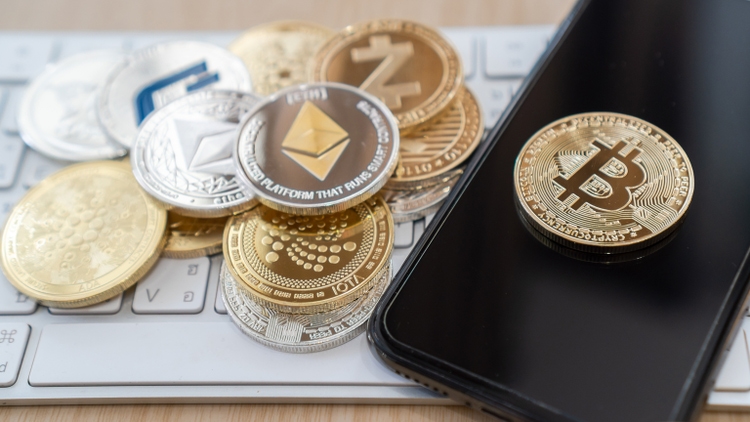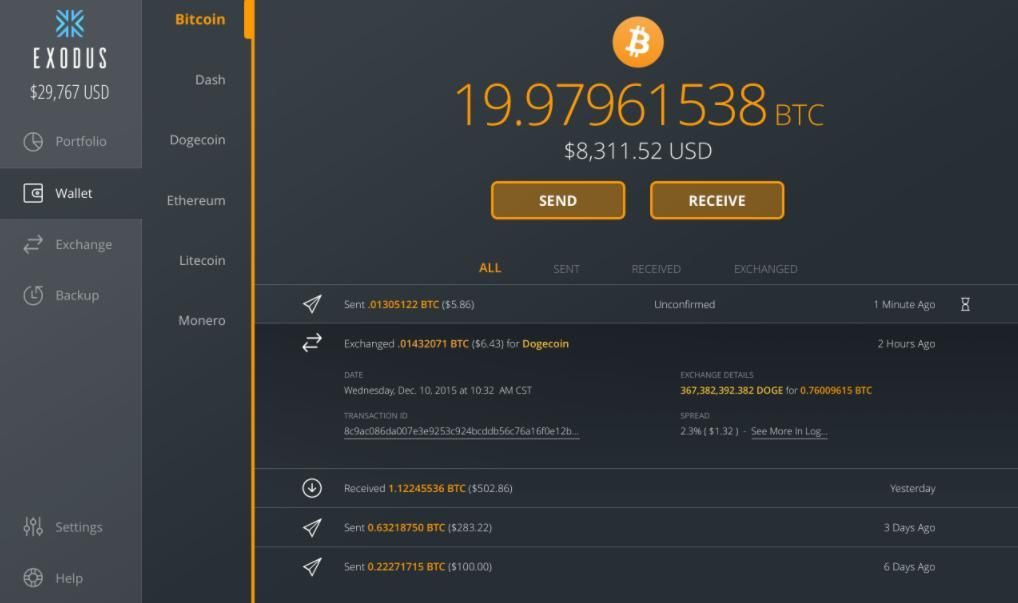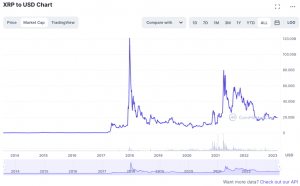ethereum btc wallet A Guide to Understanding and Security

Beginning with ethereum btc wallet, the narrative unfolds in a compelling and distinctive manner, drawing readers into a story that promises to be both engaging and uniquely memorable. In the ever-evolving world of cryptocurrencies, understanding the differences and functionalities of Ethereum and Bitcoin wallets is crucial for any investor or user. These wallets not only store digital currencies but also play a vital role in ensuring secure transactions and proper management of assets.
As we explore this topic, we’ll delve into the types of wallets available, how to set them up, manage transactions, and the importance of security measures. Whether you’re a seasoned crypto enthusiast or a beginner, having a solid grasp of ethereum btc wallets is essential in navigating the digital financial landscape.
Introduction to Ethereum and BTC Wallets
In the ever-evolving world of cryptocurrencies, wallets play a crucial role in how users store, send, and receive digital assets. Ethereum and Bitcoin wallets, while serving similar purposes, exhibit fundamental differences in their functionalities and underlying technologies. Understanding these differences is essential for anyone looking to navigate the crypto landscape effectively.Bitcoin wallets primarily handle Bitcoin transactions, focusing on secure storage and transfer of the BTC currency.
On the other hand, Ethereum wallets are designed to manage Ether (ETH) and facilitate interactions with smart contracts and decentralized applications (dApps) that are built on the Ethereum blockchain. Wallet security remains a top priority, as vulnerabilities can lead to significant financial losses.
Types of Ethereum and BTC Wallets

Several types of wallets are available for managing Ethereum and Bitcoin, each offering distinct benefits and drawbacks. The choice of wallet often depends on user needs, security considerations, and convenience.
- Hardware Wallets: These are physical devices that store cryptocurrency offline, providing high security against hacking attempts. However, they can be expensive and may require some technical knowledge to set up.
- Software Wallets: Available as desktop or mobile applications, these wallets are more user-friendly but are connected to the internet, making them more susceptible to security breaches.
- Mobile Wallets: Designed for smartphone use, mobile wallets offer convenience for everyday transactions but may lack some advanced security features found in hardware wallets.
Setting Up an Ethereum and BTC Wallet
Creating a new wallet for Ethereum or Bitcoin involves a straightforward process that users should follow meticulously to ensure security and functionality. To set up an Ethereum wallet, a user typically needs to choose a wallet provider, download the application, and follow the on-screen instructions to create a new wallet. During this process, users must generate a unique seed phrase, which is critical for wallet recovery.For Bitcoin, the setup process is similar.
Users select a wallet provider, install the software or hardware, and proceed to create a new wallet. It is vital to safeguard the private keys generated during this setup, as they are necessary for accessing and managing the wallet.
Managing Transactions in Ethereum and BTC Wallets
Sending and receiving transactions in Ethereum and Bitcoin wallets is a seamless experience once the wallet is properly set up. Users can initiate a transaction by entering the recipient’s address and the amount to be sent. Both Ethereum and Bitcoin networks will require confirmation of the transaction, which can take varying times depending on network congestion. Users can check their transaction history directly within their wallet applications, providing transparency and easy tracking of past transactions.
Transaction fees play a vital role in the operational aspects of both cryptocurrencies. Fees can fluctuate based on network demand, impacting how quickly transactions are processed.
Security Measures for Ethereum and BTC Wallets
Securing digital wallets is paramount in the cryptocurrency space. There are several best practices users should adopt to shield their wallets from potential hacking threats.
- Enable Two-Factor Authentication: This adds an extra layer of security, requiring a second verification step, such as a code sent to the user’s mobile device.
- Use Strong, Unique Passwords: A robust password that combines letters, numbers, and symbols can significantly deter unauthorized access.
- Regularly Update Software: Keeping wallet software up-to-date ensures that any security vulnerabilities are patched promptly.
Recovering lost wallets can be challenging but is possible through seed phrases and backup recovery options provided during the wallet setup phase. Users must ensure these recovery methods are stored safely.
Advanced Features of Ethereum and BTC Wallets
Beyond basic transactions, Ethereum wallets offer advanced functionalities, particularly with the use of smart contracts. Smart contracts allow users to execute programmable transactions without the need for intermediaries, enhancing the versatility of Ethereum wallets. Users can also interact with decentralized applications (dApps) directly from their Ethereum wallets. This interaction opens up a plethora of opportunities for decentralized finance (DeFi) and other blockchain-based services.For those interested in managing multiple cryptocurrencies, certain wallets are designed to support various digital assets, providing users with a unified platform for their cryptocurrency needs.
Common Issues and Troubleshooting

Users may encounter several common issues while managing their Ethereum and Bitcoin wallets. Transaction delays can occur due to network congestion or insufficient fees, leading to frustration.To resolve these delays, users should check the current network status and, if necessary, adjust their transaction fees before attempting to resend transactions.Wallet compatibility issues can also arise, especially when switching between different platforms.
Users should ensure that their chosen wallet supports the specific coins they intend to manage and verify compatibility with any exchanges they use.
Future Trends in Wallet Technology

As cryptocurrency adoption continues to grow, innovations in wallet technology are expected to advance significantly. These innovations may include improved user interfaces, enhanced security features, and better integration with existing financial systems.Regulatory changes will also have a profound impact on wallet development. Regulatory clarity may foster more robust security measures and better user protections in the industry.The integration of blockchain technology into traditional finance may also shape the future of wallets, potentially leading to the creation of hybrid solutions that combine the benefits of both systems, ultimately enhancing user experience and security.
Ending Remarks
In conclusion, the journey through the world of ethereum btc wallets reveals the intricate balance between technology and security in managing digital assets. With the right knowledge and tools, users can confidently engage with their wallets, ensuring their investments are safeguarded while exploring the innovations of the crypto world. As we look to the future, remaining informed about wallet technologies and their functionalities will empower users to make wiser decisions for their financial well-being.
General Inquiries
What is the main difference between Ethereum and Bitcoin wallets?
Ethereum wallets support ETH and tokens based on the Ethereum blockchain, while Bitcoin wallets only handle BTC.
Are hardware wallets safer than software wallets?
Yes, hardware wallets are generally considered more secure as they store keys offline, reducing exposure to hacking.
What should I do if I lose my wallet’s seed phrase?
If you lose your seed phrase, you may not be able to recover your funds, so it’s crucial to store it securely.
Can I use the same wallet for both Ethereum and Bitcoin?
Some wallets support multiple cryptocurrencies, but it’s essential to check compatibility before using a single wallet for both.
How can I improve the security of my crypto wallet?
Enable two-factor authentication, use strong passwords, and regularly update your software to enhance security.


